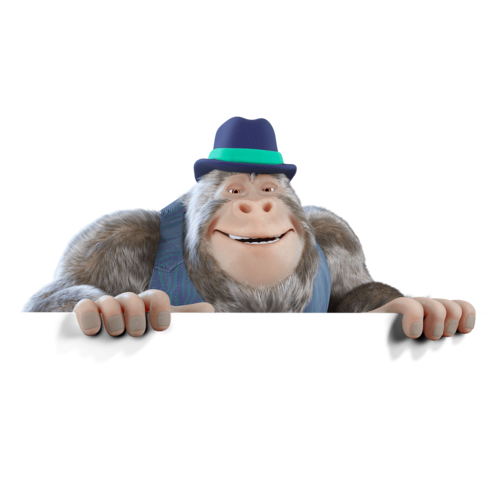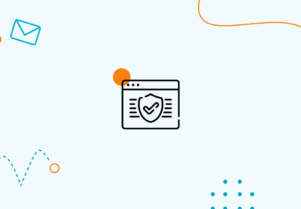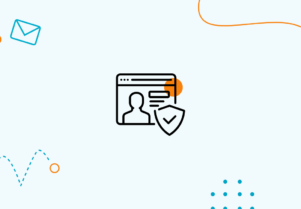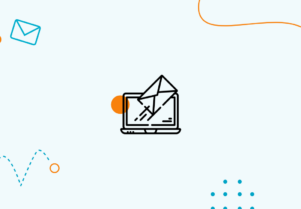How to Build an Email Funnel That Converts?
Most people are going to do the opposite of the desired effect if a marketer approached them out of the blue asking them to buy something that they know nothing about. It is a much more effective and natural process to first introduce yourself, get to know one another, and form a relationship before you let the person decide whether or not they want to make the purchase.
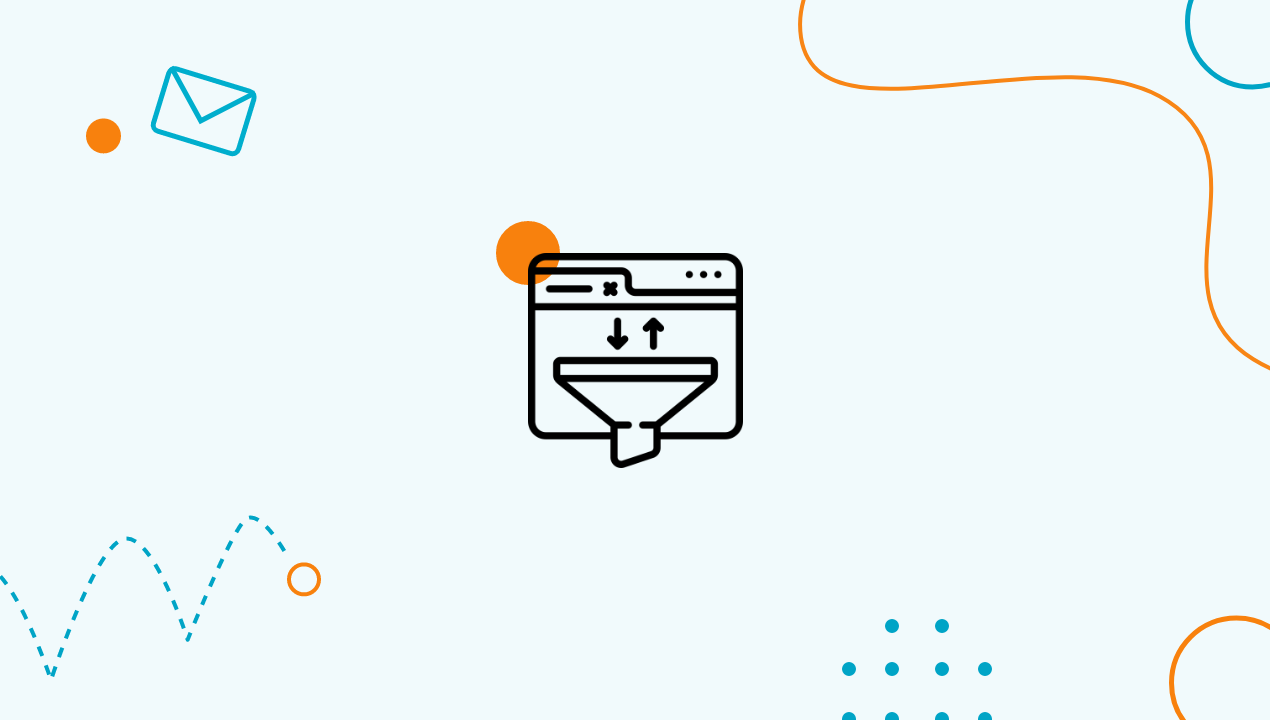
This is the idea behind email funnels, which rely on a series of emails to build trust between your brand and your potential customers. Email funnels act as a roadmap that is there to guide people through all the steps involved in the customer journey from those first introductions to building interest and finally purchasing a product or signing up for a service.
Every stage is designed to create a connection with your brand and demonstrate its value so that your email subscribers become more and more excited about making a purchase as time goes on. When it is done correctly, using email marketing funnels can help to make your brand stronger and increase your conversion rates.
What is an Email Funnel?
An email funnel refers to a series of emails that are designed to guide the user through the steps of becoming a customer or taking another desired action. For example, a potential customer might visit the landing page of a fashion brand and sign up to receive the email newsletter in return for free shipping on their first purchase.
They will then get a welcome email that explains more about the brand and what they do, and receive further emails promoting deals and special offers on certain items that they might be interested in.
They may then click the link in the email to buy a product with the discount and free shipping, and then continue to receive further emails and updates on future products and deals.
Once somebody has signed up for your email newsletter, each message in the funnel acts as a gentle nudge in the right direction towards taking a desired action. However, it is important for marketers to remember that this doesn’t stop once the customer has made the purchase.
You can continue to send follow-up emails after the purchase has been made to further build the relationship with your customer, build a strong network of loyal customers and increase your revenue by upselling other products.
Email Newsletter Funnel Stages
You may notice that there are several different ways that an email funnel can be portrayed. Each step in the funnel will channel potential customers further down the funnel and closer to taking action. The stages include:
Top of the Funnel – at this stage, the potential customer is just starting to get to know your brand. This stage is all about introductions, being welcoming, and presenting your brand. You can go a little deeper and provide more information about who you are and what you do including your story, values, and what you sell.
Middle of the Funnel – This stage is where your potential customers know who you are and may have gotten to a point where they are excited enough to take action and continue to be a customer in the future. This is crunch conversion time, where you are making the final pushes towards getting your customer to take the desired action, for example, by offering an incentive.
Bottom of the Funnel – At this point, people are very familiar with your brand and are happy to share it with their circles and leave reviews.
Why it’s A Good Idea to Define Your Email Funnel Strategy
Your email funnel should be in place to give you a greater element of control over the customer journey.
Rather than blowing your budget on social media or online advertising where it can often be difficult to understand at what stage your customer is at exactly, email gives you the chance to directly send messages to each potential customer based on where they are in your funnel at the time.
Because of this, email funnels give you the chance to create a strategy that is targeted, organised, and based on your target audience. You can use segmentation and automation tools to ensure that your email content is highly relevant to each subscriber, and that they are sent at the perfect time.
Once you have set it up, email funnel automation works in the background without the need for you to do anything while it gathers new leads and helps you get more conversions.
Along with this, defining your email funnel also makes it easier to retain your customers over the long term. Even after they have made a purchase, you will still have access to a direct channel where you can ask them how they are getting on with the product and offer further incentives to them as a valued customer.
How to Build Email Marketing Funnels
When a potential customer opts in to hear from you, this is the start of the customer journey, where you will stop at several destinations before the end goal is reached. Each stage has a purpose of its own, and the tools to help you get to the destination.
Awareness
The awareness stage is all about simply getting new subscribers. In this stage, you want people to discover your brand and sign up to your email newsletter.
There are several ways that you can make this happen including using signup forms on your website, popups that appear when visitors are on your site, and landing pages, which are standalone web pages with a specific goal, such as getting new subscribers.
One important thing to remember is that people need a good reason to sign up and share their email addresses with you, this is where a lead magnet comes in. This is an incentive that you offer in exchange for a subscription.
Discount codes, free access to exclusive content, or downloadable free content are just some options to consider. Once people sign up, reach out to them straight away with a welcome email to introduce your brand further.
Consideration
During this stage, it is the time to go even deeper and provide people with more information about you and your brand. At this stage in the email funnel, there are plenty of opportunities to get creative. Bear in mind that it does not all have to immediately be about selling, and a subtle approach is often best.
This is the best chance for you to show your brand’s value by highlighting the pain points of your audience and showing how you can help.
Post educational content, share FAQs, send webinar invitations, and more to build trust with your potential customers and demonstrate to them why it is a good idea for them to move to the next step in the funnel. Ideally, you should stay in this stage for around three to four emails, or perhaps even more, while you build an interest in your brand.
Email Campaign Funnel Conversion
At this point, your subscribers will be primed and ready to convert, and this is when you can start encouraging them to take action. Conversion could refer to several different things, whether you want them to sign up for a free trial, take advantage of a discount, buy a product, sign up for a service, or even leave a review.
Whatever the goal is with your conversion, you can use a range of strategies to keep things moving.
Subject lines – no matter how amazing the email offer is, you need to make sure that people want to open it, with a powerful and enticing email subject line
CTA – make sure that you include at least one clear and visible CTA in your email that is compelling to the reader
Incentives – people are also more likely to take action when there is a further incentive. You may offer discounts or free shipping as a way to persuade your potential customer to take this next step
Personalisation – emails that are personalised see transaction rates that are six times higher than those that do not
Urgency – time-sensitive language can be used to create a sense of urgency and prevent your potential customers from procrastinating about their decision
How to Create Loyalty with an Email Funnel Template
During this stage, your subscribers have become customers, but it doesn’t end here. Customer retention is better for a business and will usually be more sustainable over time. This is because it costs around seven times more to win a new customer over than it does to retain an existing customer.
In the loyalty stage, it is all about making sure that you keep your current customers happy and that they are encouraged to come back for more. Regularly email them with updates, upsells, special offers and more to nurture your connection with them.
Membership schemes and reward points can be an ideal way to create loyal customers who have an additional incentive to stay around. Such memberships can be managed with MMS or AMS like Impexium.
By putting an email funnel strategy in place, you can encourage your subscribers to take the next step and become paying, loyal customers of your brand.

